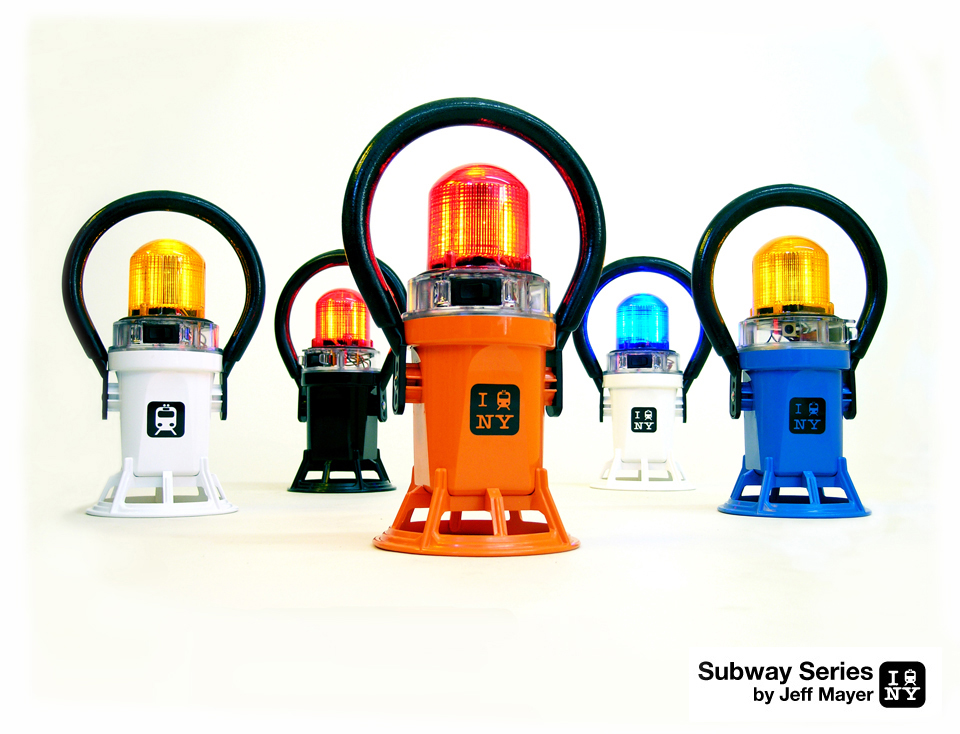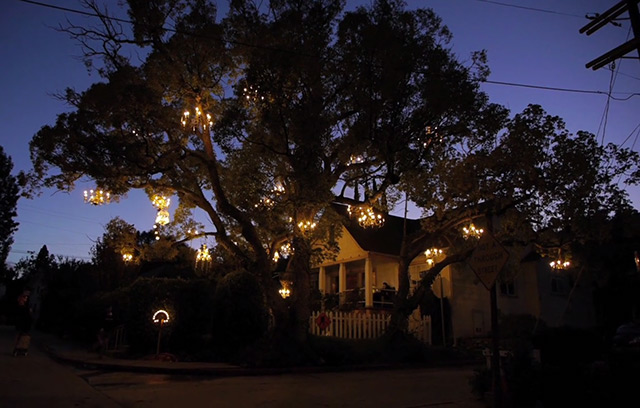
This is the most powerful piece of art as social commentary I’ve come across in a while.
Via Andrew Fishman’s tumblr:
Every year, millions of male chicks are killed, usually by gas or by feeding them into a high-speed shredder. It is inefficient to raise males to adulthood, as they cannot lay eggs. Tinkerbell [aka Looove Tinkerbell], an artist and advocate for animal rights, decided she had to speak out against this.
In 2007, she purchased 61 male chicks (pictured above) from one of these facilities and brought them into a gallery along with a shredder. She announced that they were for sale, and that the ones that were not purchased by the end of the sale would be fed into the shredder. By the end of the sale, less than a dozen had sold. When it became clear that the artist was not bluffing, the gallery owner purchased the rest. The gallery owner was unable to care for them herself, so she gave them to the police, who gave them to a shelter, who gave them back to the original farm, where they were shredded.
Unsurprisingly, Tinkebell has received hundreds of thousands of emails and letters about this and other pieces. However, that the mail would be directed at her is an interesting phenomenon. She did not kill any of the chicks; in fact, she offered a chance to save them. Perhaps it was her willingness to kill them in public that was so offensive; we like to pretend situations like this don’t exist.
I would compare this to the “Trolley Problem” in psychological research. The “Trolley Problem” is a hypothetical scenario in which a person is able to pull a lever, redirecting a train from one track on which lies five people to one on which one person lies. Most respondents would pull that lever.
The “fat man” variation is more troubling for most. This variation specifies that a person is able to slow a train down by pushing a fat man onto the train tracks, which would slow it down before reaching the five people on the tracks. Practically, the scenarios are equivalent (one person dies to save five) but it feels very different. The difference is in the act itself. We are fine with allowing people to die, but killing is another story, even if the end result is exactly the same.
I think that this active/passive dichotomy is why Tinkebell receives so much hatred from the animal rights community. As a society, we’re more accepting of a company that kills millions of chicks every year than a woman who gave the opportunity to save a few dozen before returning them to their fate.
The Trolley Problem is an interesting comparison, and I do think there’s something to this line thinking, but when I read about this I immediately thought of executions instead. The idea that these chicks would be tossed live into a wood chipper isn’t what offended the gallery owner, it’s that the were going to be tossed into the wood chipper in front of an audience.
Executions, or to use a less euphemistic term: state sanctioned homicide, were performed in town squares in front of large audiences since the beginning of time. No doubt to spread fear and to intimidate the populous. Eventually, these spectacles became entertainment. (On a personal note, my fifth grade teacher, Mrs. Fuller, talked about her father and a friend of his attended the the hanging of Charlie Birgir. It was the big event in Southern Illinois, and they left early and brought a picnic lunch in order to get a good spot. She wanted to go too, but her father wouldn’t let her. Apparently watching a man die wasn’t appropriate for a little girl.) This is unseemly. The “carnival in Owensboro” has been credited with ending public executions in the United States. Now in the “civilized” world where the practice continues, they’re performed behind closed doors with only few witnesses. In Japan, executions occur in secret. In China, the occur behind prison walls with rarely more than only prison officials watching. “Barbaric” societies on the other hand, like Saudi Arabia, Yemen, Iran, North Korea, Taliban Afghanistan, and other areas ruled by warlords have audiences. Don’t burn someone at the stake. Don’t behead them. Don’t bash someone’s head in with a rock. Don’t hang them. Make it photogenic. Make it look like they’re just falling asleep. Don’t make us face the cruel truth of what we do and allow to happen. And above all, don’t make us face the ugly reactions to this in our society. We’re civilized and better than blood thirsty savages.
This is a delusion, and Tinkerbell called society out on it.
Previously. Previously. Previously.










